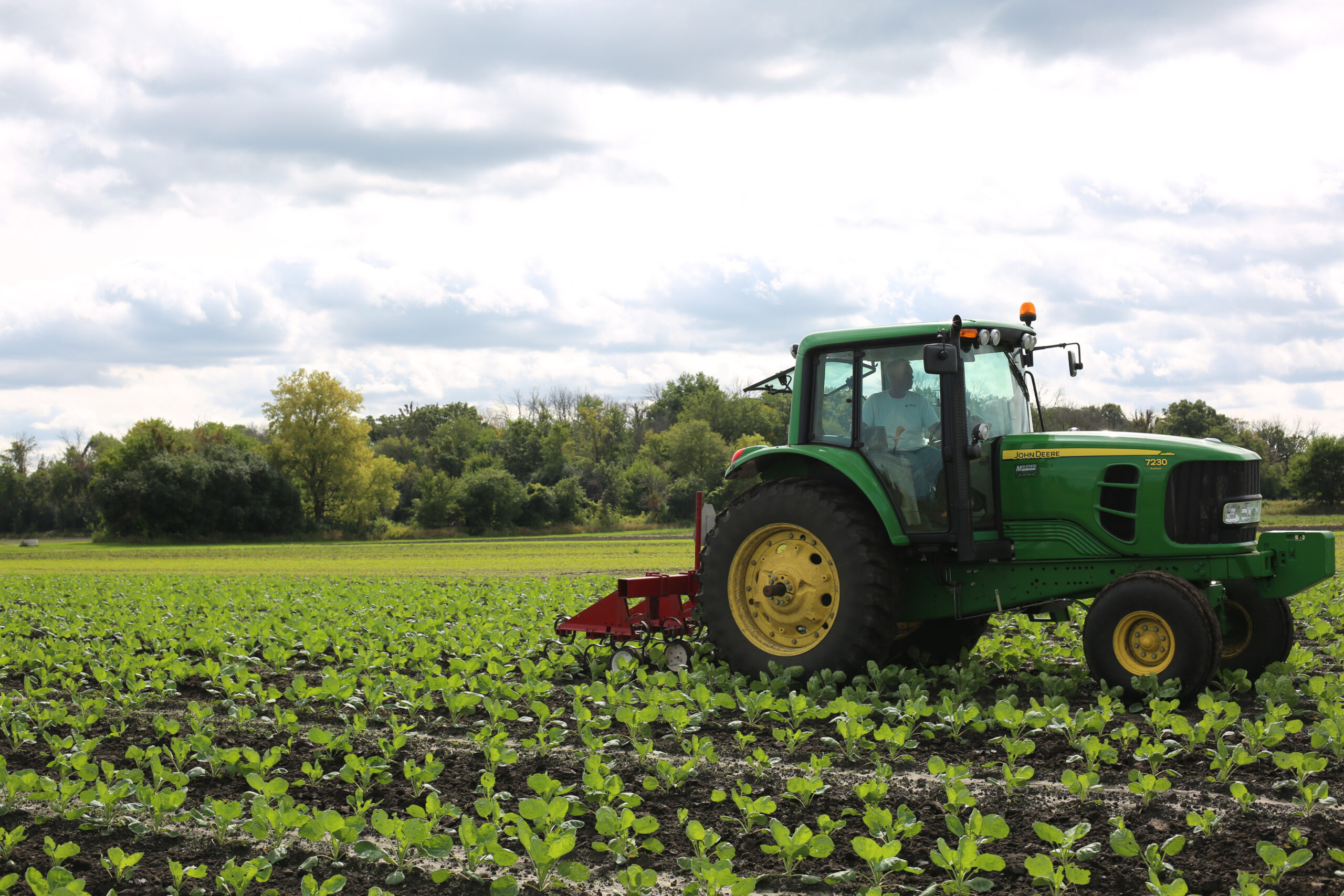Scientific name:Verbascum thapsus
Constituents:
- Phenylethanoid & lignan glycosides (verbascoside)
- Mucilage & polysaccharides
- Flavonoids (acubin)
- Saponins
- Iridoid glycosides
- Volatile oil (flowers)
- Tannins
- Resins (flowers)
- Bitter principle
Medicinal actions:
- Analgesic
- Anti-inflammatory
- Anticatarrhal
- Antimicrobial
- Demulcent
- Expectorant (Respiratory Amphoteric)
- Nervine Relaxant
- Vulnerary (Emollient)
Mechanism of Action & Pharmacology:
- Mucilage is anti-inflammatory & primarily responsible for soothing action upon mucous membranes.
- Saponins may be responsible for the expectorant actions as they draw fluid from the tissues, thereby creating a thinner mucous that is easier to expectorate
- Flavonoids (e.g. acubin & luteolin) are anti-inflammatory, helping reduce copious mucous production and have showed promising antiproliferative activities, with an effect on inducing apoptosis of lung cancer cells.
- Iridoid compounds (e.g. verbathasin A) have potential antiangiogenic & antiproliferative activities.
- Phenylethanoid glycoside (verbascoside) has anti-inflammatory properties, reducing the production of superoxide radicals and activity of iNOS.
- Volatile oils are antimicrobial, anti-inflammatory & antispasmodic.
Pharmacy:
- Infusion
- Tincture
- Topical: Poultice & infused oils
Safety & Toxicity Concerns:
- None known.
Interactions:
- None reported.







